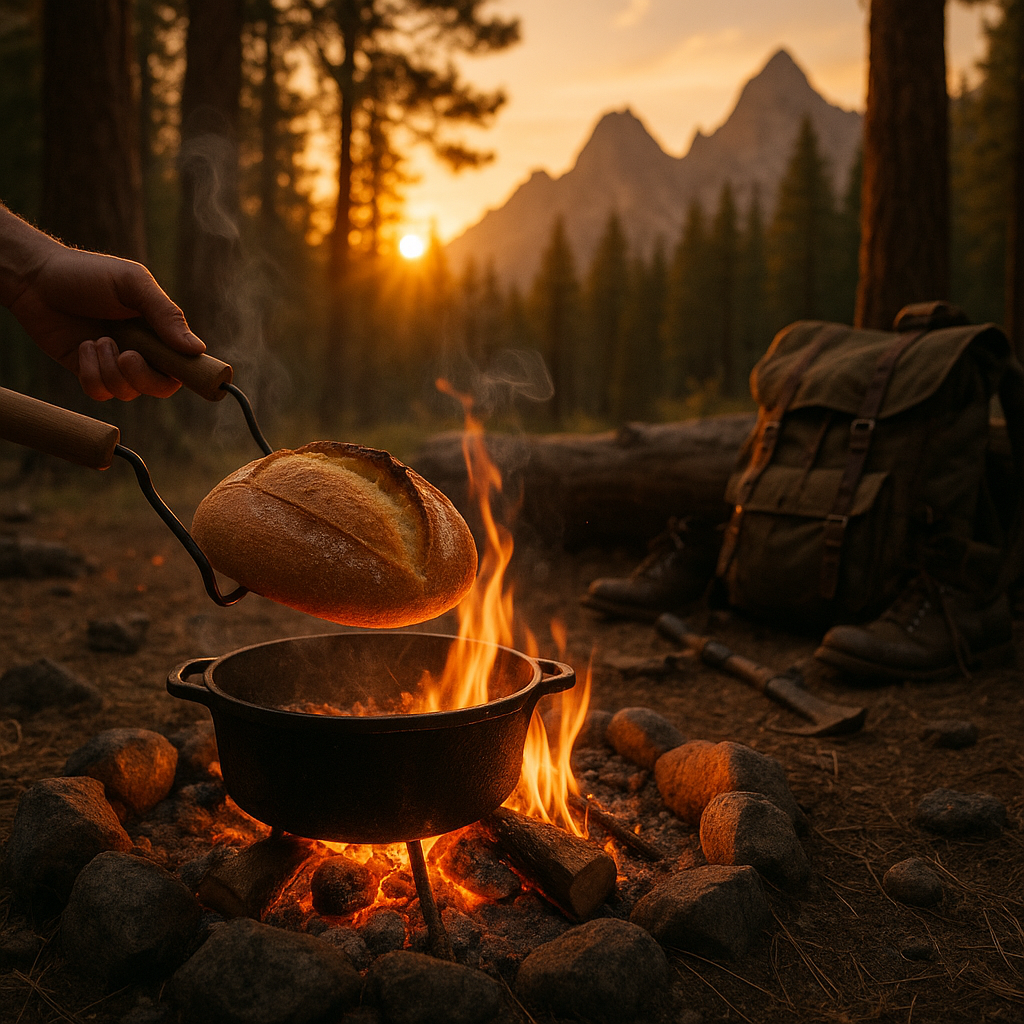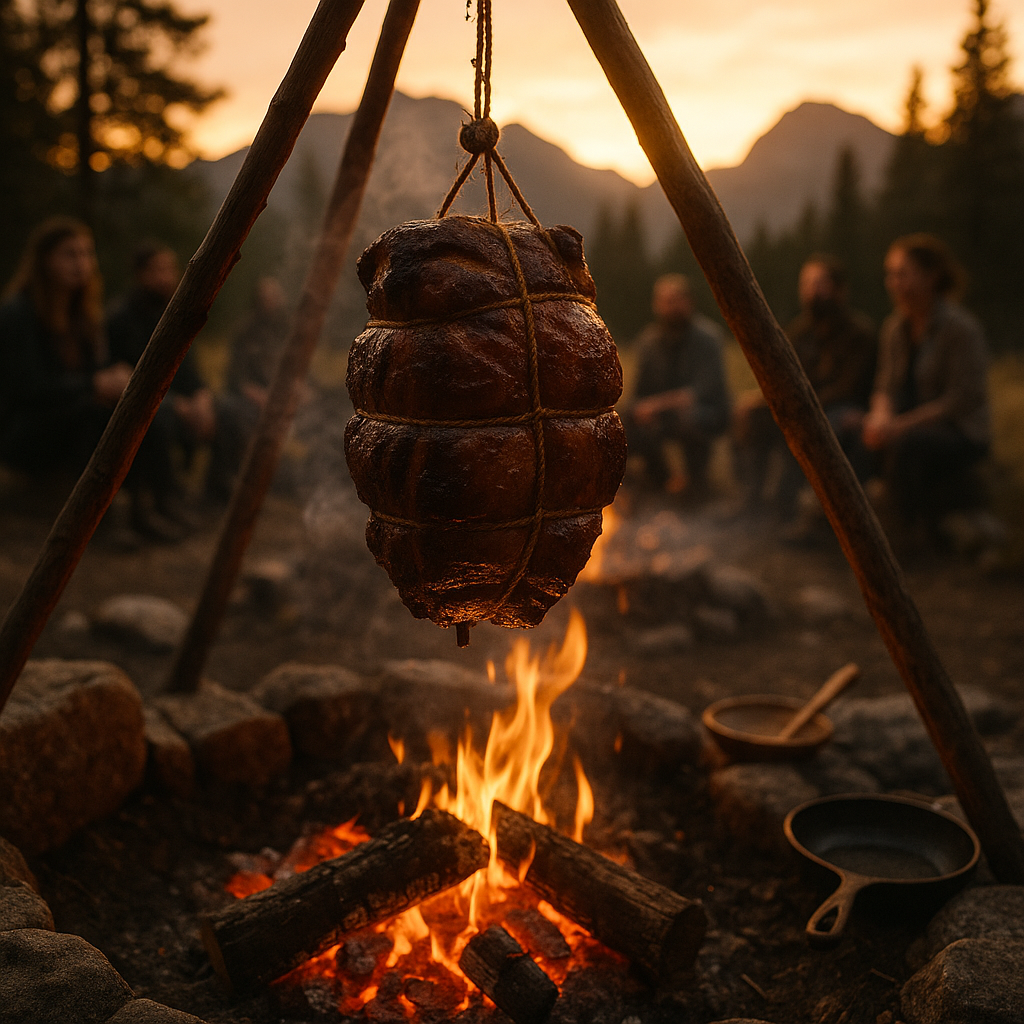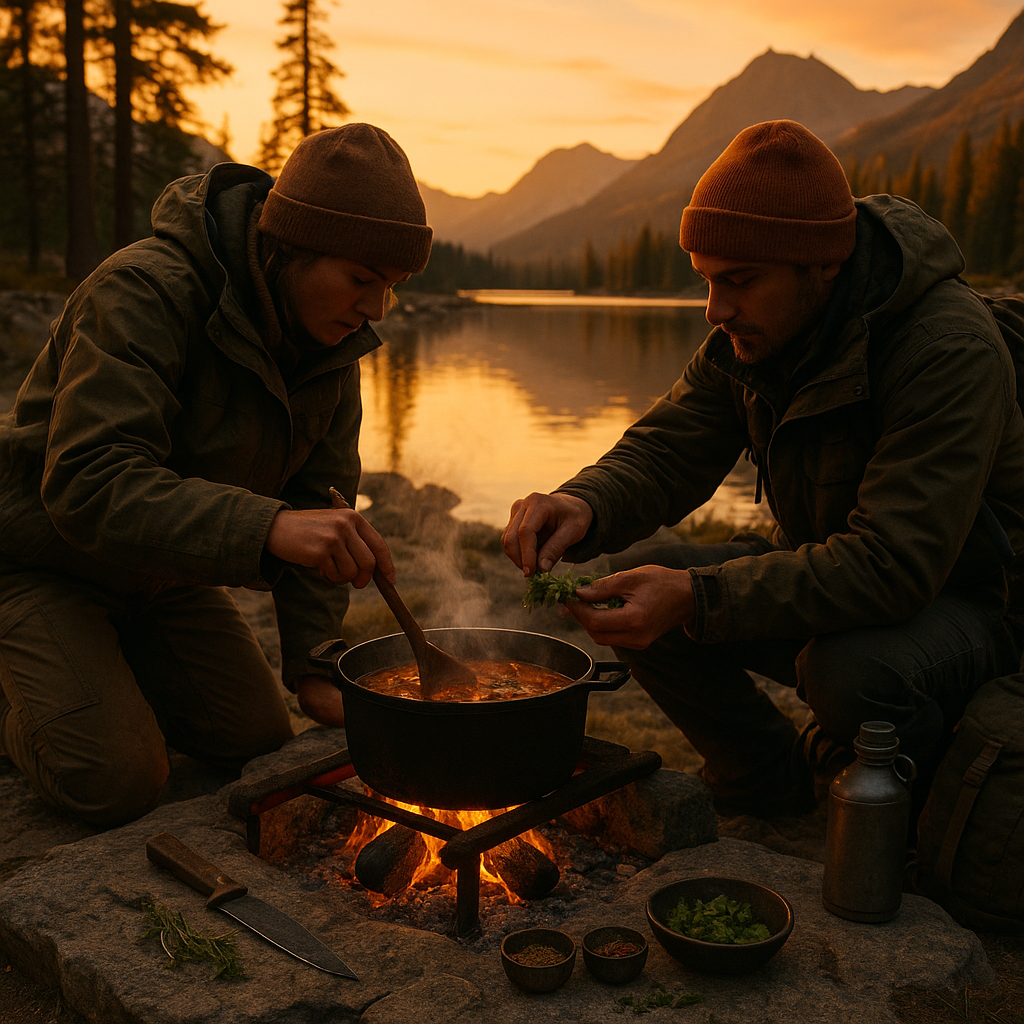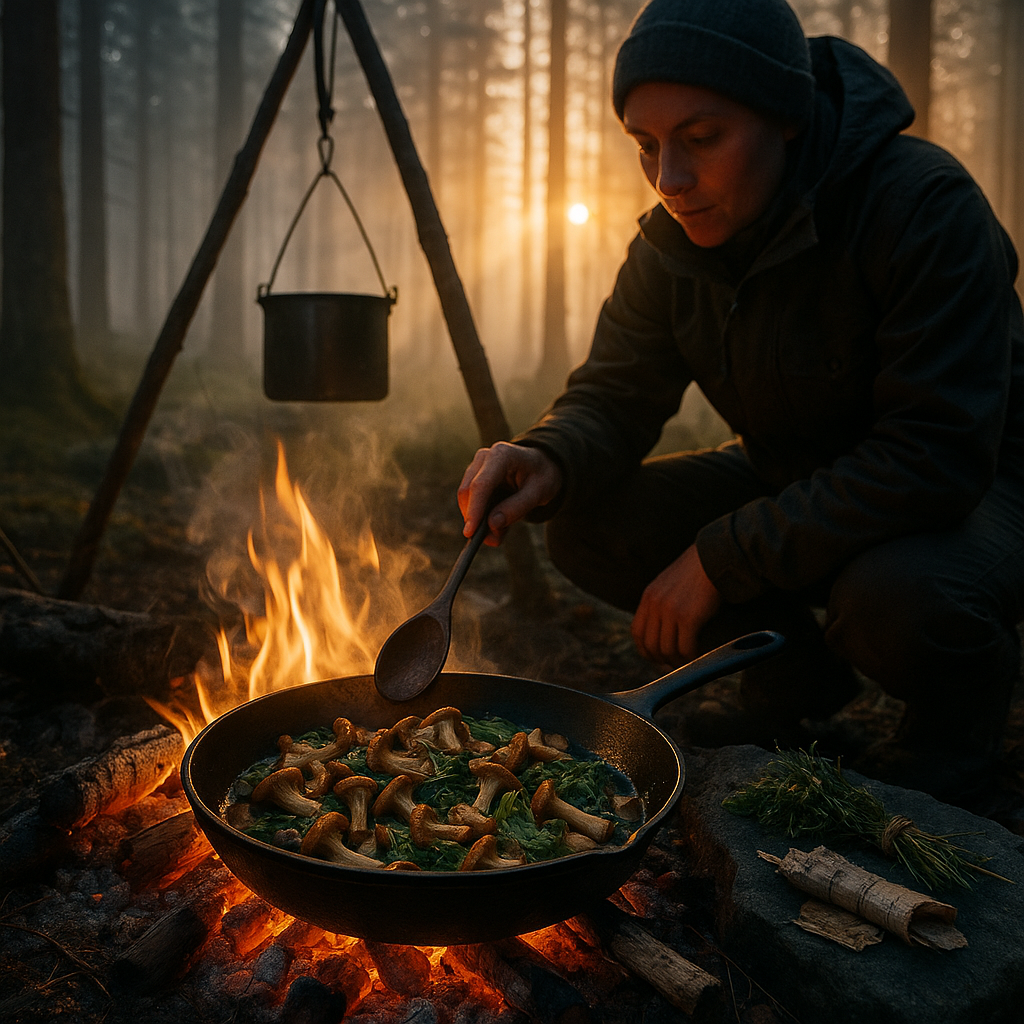Key Takeaways
- Wilderness exploration is far more than venturing into untamed landscapes; it is an immersive journey that deepens our connection to nature, awakens ancient instincts, and offers profound avenues for self-discovery.
- The wild amplifies our primal needs. Fire, food, and shelter evolve from daily necessities into powerful symbols of resilience, autonomy, and a return to our origins.
- Personal growth flourishes in the embrace of simplicity. Stripping life to its essentials on a wilderness journey inspires clarity, renewed self-awareness, and a heart-deep reverence for living simply and purposefully.
- Solitude in the wild cultivates true freedom. Freed from constant distraction, travelers find autonomy and sharp mental clarity rooted in self-reliance.
- Survival itself becomes a quiet, meditative ritual. Building a fire or baking bread fosters a rhythmic engagement with the land, weaving travelers into the fabric of the living world.
- The wilderness serves as a mirror for inner transformation. Its unpredictability and rawness reflect our internal battles, inviting both confrontation with fears and emergence of deeper strength.
- Bread and fire remain enduring metaphors for the human experience. Even in solitude, they evoke nourishment, warmth, and community, bridging the past and present.
- Every journey unfolds both outwardly and inwardly. The wild tests physical endurance, yet its quiet vastness also opens doors to profound emotional and spiritual growth.
Reflecting on these insights, we find that returning to the elemental rhythms of wilderness reignites self-knowledge, connection, and awe. Next, we’ll navigate deeper into how these timeless rituals and raw landscapes transform us, body and soul.
Introduction
There is a fleeting moment at the edge of each great journey when the layers of familiarity slip away and all that remains is the heart-pulse of firelight and the wild’s endless hush. In such places, survival is not hardship but a return, an embrace of what is pure and true. Out here, the triumph of freshly baked bread and the sanctuary of radiant flames become their own language, speaking of gratitude where words fall short.
Each act in the wild (gathering wood, kneading dough on a flat river stone, listening to the wind drift through cedar) draws us into a primal rhythm. Far more than an escape to remote places, wilderness adventure is a pilgrimage to clarity, freedom, and self-reliance, inviting us to rediscover beauty in simplicity. Join in tracing the winding path of a journey that transforms the everyday into the extraordinary and reveals new perspective within nature’s unpredictable grace.
The Elemental Connection: Fire, Bread, and Wild Spaces
Venturing deep into wilderness, the trappings of modern life fade until only the heartbeat of nature and the most elemental human needs remain. Here, the gentle roar of a campfire replaces digital noise, and the act of breaking bread in open air feels almost sacred. These ancient rituals are more than methods of survival; they are wise teachers, holding lessons applicable long after the journey ends.
Stay Sharp. Stay Ahead.
Join our Telegram Channel for exclusive content, real insights,
engage with us and other members and get access to
insider updates, early news and top insights.
 Join the Channel
Join the Channel
The Language of Fire
Throughout history, fire has been both protector and storyteller, its light a gathering place where silence gives way to shared memories. In wilderness settings, fire reveals its true importance, not just as warmth or fuel for cooking, but as a living companion demanding patience, respect, and insight.
Collecting firewood becomes a quiet study in resourcefulness. Dry branches offer themselves freely, while green twigs reinforce the wisdom of timing and restraint. The act of coaxing life from a spark to a blaze fosters an empowering sense of ability, echoed in countless memoirs by those who remember their first successful ember as a turning point from outsider to active participant.
Beyond its practical uses, fire’s flickering shadows create a reflective space amid the darkness. Here, travelers often discover their deepest insights, finding profound stillness as flames draw shape from chaos. Whether at the end of a long trek or during a solemn vigil, these fireside moments bring lasting clarity, stripping away the artifice of daily life.
Breaking Bread in Wild Places
Preparing food in untamed spaces taps into traditions older than memory. Kneading dough under painted skies, then watching it rise beside glowing embers, becomes a meditation that links us to earth, sun, and weather in ways urban kitchens never replicate.
Wilderness cooking demands acute presence. The shifting wind, the threat of rain, and the scarcity or abundance of resources all influence the process. A rustic loaf, perfectly crusted from a campfire oven, is more than mere sustenance; it’s a quiet testament to patience, problem-solving, and creativity. The resilience, improvisation, and gratitude cultivated in these meals often spill into everyday life, fundamentally changing how we meet challenges in other arenas.
The Freedom of Necessity
Wilderness travel distills our lives down to what we can carry, making every item in our pack count both physically and emotionally. This stripping away of excess brings a refreshing kind of liberation, a stark contrast to the clutter and noise of modern living.
With minimal baggage, time itself reorients. Gone are the dictates of deadlines; instead, choices are guided by sunlight, hunger, and weather. Many return to civilization with a lasting sense of freedom, not from abundance, but from learning how little is truly required for fulfillment, comfort, and joy.
Transformation Through Challenge
No wilderness journey is complete without obstacles that test the edges of our comfort. Difficult crossings, sudden storms, or navigating by starlight demand both physical ability and mental grit. What feels daunting in the moment often becomes, in hindsight, the crucible where confidence and resourcefulness are truly forged.
Conquering physical trials breeds resilience that radiates through all aspects of life. The quiet pride of scaling a mountain or weathering unexpected hardship provides a lasting reservoir of strength, referenced long after the wild is left behind. These hard-won lessons are universal, drawing parallels not only in outdoor adventure, but in personal, professional, and even educational pursuits across diverse fields.
The Art of Wild Solitude
Wild solitude nurtures a fullness that city noise can never offer. Where urban isolation brings emptiness, time alone in open spaces restores a sense of intimacy with both self and environment. This unique solitude grants space for untangling thoughts, listening deeply, and reevaluating one’s true priorities.
Many wilderness travelers report a transformation in their relationship with silence. Where discomfort might greet the first days alone, over time, the hush becomes a welcome companion, bringing renewal and insight. In fields as varied as healthcare (where nature therapy supports mental well-being), education (which leverages outdoor settings for growth), and leadership, this ability to harness solitude is increasingly prized.
The Rhythms of Nature and Wild Living
Immersed in the wilderness, life begins to follow the ancient rhythms of light, weather, and need. Instead of the relentless tick of the clock, our days unfold to the call of birds at dawn, the shifting slant of sunlight, and the hunger that signals it’s time to cook or gather.
This patient surrender to natural cadences roots us firmly in the present. Rather than resisting the forces around us, we learn to cooperate, seeking warmth at sunset or rest with the coming dark. Attuning to these rhythms reawakens a sense of humility and gratitude, feelings cultivated by the regularity of sunrise after hardship and the necessity of forethought before adversity.
Over time, nature’s consistency seeps into our thoughts and habits. Preparing for changes in the weather encourages adaptability, while finding comfort in a single campfire on a stormy night cultivates hope and resilience. These experiences deliver lessons transcending the wild, guiding us in business through flexible planning, in science through observation, and in our homes through patient stewardship.
Beyond personal transformation, industries across the spectrum are recognizing value in adopting nature’s rhythms. In environmental science, this alignment inspires more sustainable practices; in finance, it encourages cyclical, long-term thinking; and in technology, biomimicry seeks to emulate the adaptive patterns of wild ecosystems.
Conclusion
Standing in the glow of a campfire, high beneath the sweep of stars and edge of wilderness, we uncover a lost part of ourselves, one forged in necessity and illuminated by reflection. This journey is more than rustic skill or mere endurance; it is a homecoming to a state of being where every task takes on meaning and each meal holds a story.
Stay Sharp. Stay Ahead.
Join our Telegram Channel for exclusive content, real insights,
engage with us and other members and get access to
insider updates, early news and top insights.
 Join the Channel
Join the Channel
The lessons imparted by fire, bread, and solitude linger long after the wild is left behind. Inside, we carry a heightened sense of presence, resilience, and gratitude, a quiet but undeniable strength. These insights are not relics of nostalgia but a living invitation to remember what truly matters: that our greatest feasts are seasoned with adventure, humility, and awe, shared under skies that are endlessly open.
As the world hurtles forward, increasingly digitized and distracted, those who h





Leave a Reply